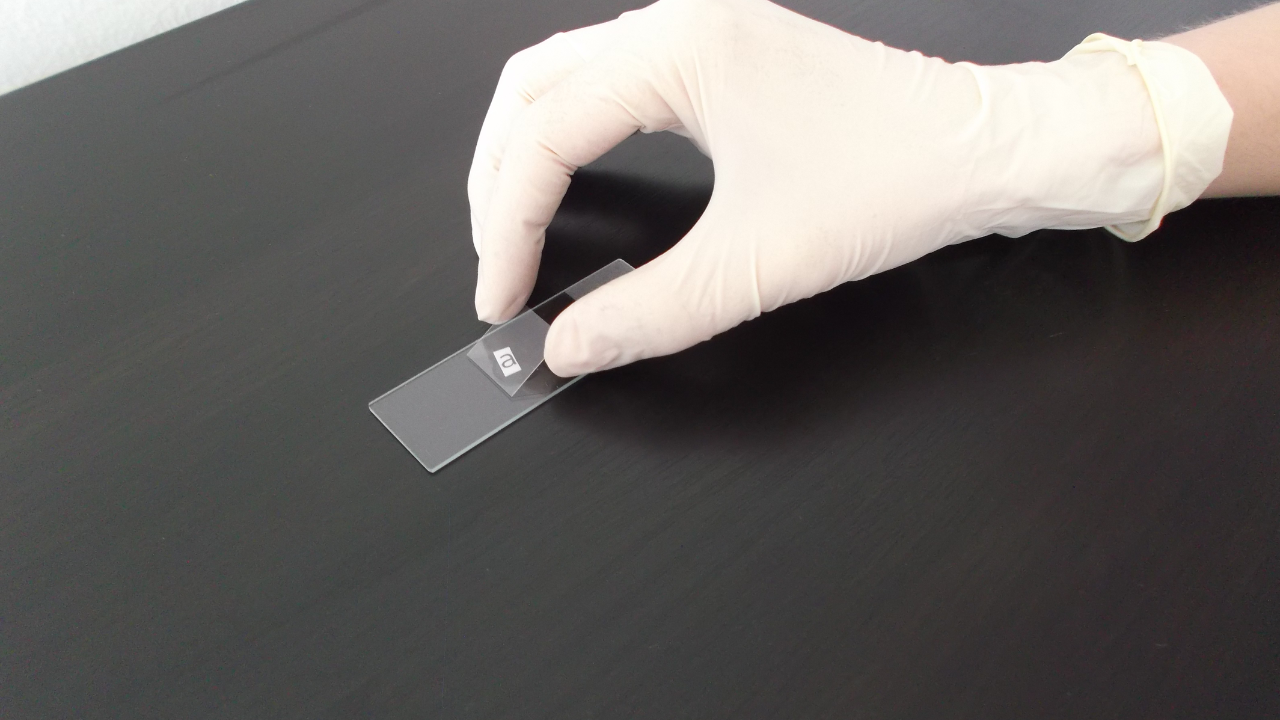Kayleigh shares articles on Society blog. She also blogs about her experiences in the workforce and how she set out to find a career she loved, which led her to work with an ethical employer. maemae believes that life is too short not to enjoy your job, and that there's no shame in pursuing a career you love!

Modern laboratories depend on microscopy for precise diagnostic testing. Medical experts use this tool to see cells, bacteria, and damaged tissue accurately. The microscopy system must help maintain specimen quality while giving clear views to deliver precise results. The glass slide cover slip stands out as the most vital part of microscopy because it effectively protects and keeps specimens intact during observation.
Coverslips perform multiple essential tasks beyond being simple, transparent layers. The proper selection of coverslips improves picture quality while lowering the chance of contamination and facilitating precise focus adjustments. Huida Instrument has delivered superior laboratory glassware and consumables since 2003. Huida offers 22 years of diagnostic expertise to help labs worldwide achieve their highest performance standards.
Understanding the Role of Cover Slips in Microscopy
You must place a thin glass sheet over your sample to protect it from any harmful contact during microscopy. Its primary purpose is to keep the sample safe and in place while scientists examine it. It forms a level platform that helps you see samples clearly while reducing drying problems. The layer shields samples from contact with dirt and protects them from exposure to airborne debris.
Consistency in thickness is vital. Your microscope will have difficulty maintaining clear focus when you use coverslips at different thickness levels. The variation in thickness causes unclear images that lead to incorrect medical assessments. In high-power fluorescence and microscopy setups, coverslips strongly affect how sharp and detailed images become. The accuracy of your results depends on the exactness of your cover slip placement.
Material Composition and Optical Properties: Why It Matters
Companies make cover slips from various materials. Three primary types of glass used for coverslips include soda lime glass, super white glass, and Boro 3.3 glass. Each type of material helps improve the effectiveness of diagnostic testing. Soda-lime glass works well for budget needs, and super white glass provides unmatched transparency. Boro 3.3 glass stands out for its chemical durability, which helps labs perform complex staining tasks.
The type of material used determines how well light passes through and how accurately light rays bend. Your microscope works poorly when you use a cover slip that does not match its specific light transmission requirements. Poor material selection may cause doctors to mistake results. Huida creates coverslips from advanced glass mixes that stay chemically resistant while letting light pass without distortion. The system provides you with sharper images and more accurate colors in your laboratory samples.
Thickness Grades and Their Diagnostic Applications
You can find coverslips in constant thickness levels of No.0/ No.1/ No.1.5/ No.2. These range from approximately 0.085 mm up to 0.25 mm. No.1 works best for everyday laboratory requirements. You would use No.1.5 coverslips in fluorescence microscopy because their thin profile promotes better light transmission and more explicit images.
Working with the wrong thickness creates serious problems. Using the wrong coverslip thickness can harm the automated system’s focus and alignment. Huida precisely manufactures coverslips to stay within specified thickness ranges for their customers. Choosing the correct thickness saves time and money by preventing delays and diagnostic failures.
Form Factor and Compatibility with Laboratory Protocols
Cover slips exist in three standard shapes, including circles, squares, and rectangles. Choose the proper cover slip based on your sample type and microscope stage design. Different tissue samples need rectangular covers, while square and circular forms work better for smaller fluid samples.
Choose coverslips that match your slide and stage dimensions. When the size of a cover slip doesn’t fit the slide, it can cause breakage, expose samples, and lower image clarity. Huida helps labs adjust slide sizes to match their internal procedures. You can rely on Huida to create custom cover slip dimensions and edge finishes that perfectly fit your laboratory procedures.
Impact on Diagnostic Fields: Histology, Pathology, Microbiology, and Beyond
Histopathology professionals use coverslips to keep stained samples ready for future analysis. Repeating high-quality views is crucial to seeing cell shapes and discovering cancer signs. Coverslips spread liquid samples evenly through microbiology tests to help scientists identify microorganisms. Cytology depends on coverslips to deliver clear and precise images of cells.
Advanced diagnostic methods such as immunohistochemistry need coated slides made using silane or polysine coating techniques. These specialized surfaces require a coverslip that functions well with them. Huida offers specialized materials that work well for staining techniques as well as imaging and preserving samples for extended periods.
Conclusion
A high-quality cover slip system delivers precise results needed for proper medical testing. The selection of the right cover slip enhances image quality while shielding samples and boosting laboratory performance. Using the best products helps medical tests become more precise while benefitting patients through better results.
Since 2003, Huida Instrument has gained recognition as a supplier of advanced cover slip technology. Huida provides customized solutions backed by quality assurance services and technical assistance to take your laboratory forward.
